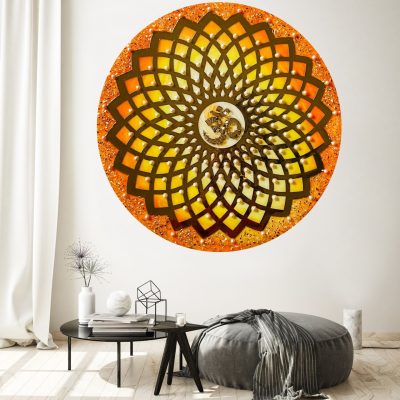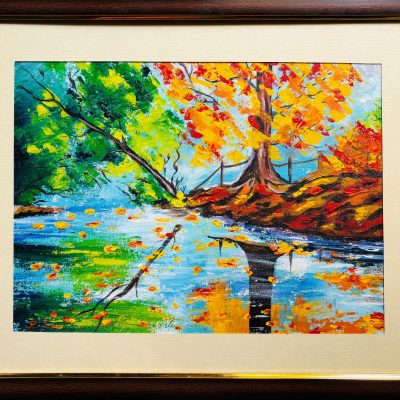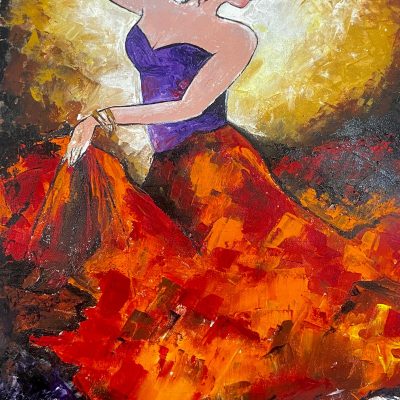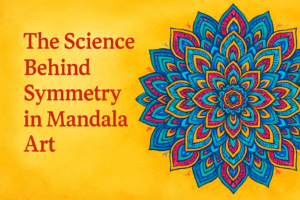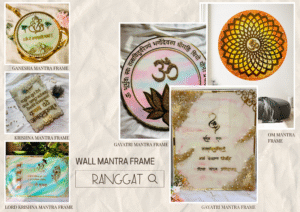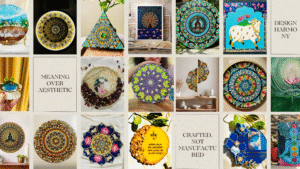Colors are important in art because they are a powerful tool that artists use to express feelings, provide depth, and convey messages. Color selection is an important aspect of artistic expression since every color has a unique significance and can evoke particular feelings.
1) Warm Colors: Stimulating and Energizing
Warm colors like orange, yellow, and red are linked to warmth, passion, and energy. These colors have the power to create deep emotions in artwork, such as anger, love, or energy. For example, yellow can represent joy and optimism, whereas red is frequently used to represent intensity or danger. These colors frequently draw attention and inspire a feeling of excitement or energy.
2) Cool Colors: Calming and Soothing
Cool colors like blue, green, and purple are connected with peace, quiet, and reflection. They are frequently incorporated into artwork to evoke feelings of calm or relaxation. For example, green symbolizes nature and progress, whereas blue is linked to stability and peace. These colors can calm viewers and give the piece of art a meditative or peaceful feel.
3) Neutral Colors: Balance and Simplicity
Black, white, gray, and brown are examples of neutral colors that balance compositions and can convey a sense of elegance or simplicity. Because of their versatility, they are commonly used as grounding or background elements in paintings to make brighter colors stand out. White can represent emptiness or purity, whereas black might represent elegance or mystery.
4) Color Combinations: Creating Mood and Harmony
The way colors are combined in art also affects how people feel. On the color wheel, complementary colors (opposites) create strong contrast and visual interest, while analogous colors (next to each other) offer unity and harmony. Artists strategically select color palettes to enhance the emotional impact of their artwork.
5) Cultural and Personal Influences
The impact of colors varies depending on individual experiences and cultural meanings. White, for example, is connected to grief in certain cultures but purity in others. The way that viewers react emotionally to colors in art might be influenced by this cultural background.
In painting, colors are essential for establishing mood, evoking feelings, and expressing meaning. Color plays a key role in the language of art as artists carefully choose colors to provide stunning visual experiences that emotionally connect with viewers.

